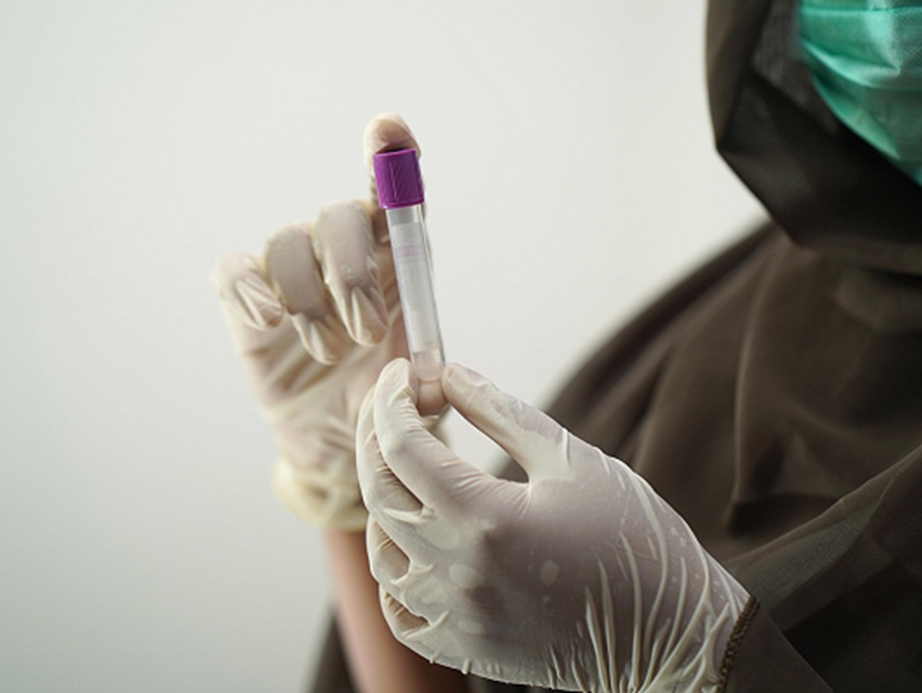- Home/
-
About Us/
-
Doctors and Services/
-
Ward and Services/
-
News/
According to a report by Life Times, the global prevalence of hyperlipidemia currently stands at 40%, with 30% of the population in China suffering from abnormal blood lipid levels, and over 100 million people diagnosed with hyperlipidemia. In fact, the causes of hyperlipidemia are not complicated. Aside from primary hyperlipidemia and cases caused by conditions such as diabetes or hypothyroidism, most cases result from a diet high in fats combined with insufficient physical activity and poor metabolism. Over time, as age increases and metabolic function declines, excess fats accumulate in blood vessels, leading to hyperlipidemia.

Improving hyperlipidemia is theoretically straightforward—it can be achieved by following the six-word mantra: “Control your diet and get moving.” However, while this may sound easy, it is much harder to put into practice. Everyone's dietary habits and preferences have been ingrained over decades, making change difficult. Exercise frequency is also heavily influenced by work commitments. Most people are busy with work, overtime, and social engagements, making it challenging to even ensure consistent medication intake, let alone maintain a regular exercise routine. This is why many people find it difficult to lower their high blood lipid levels, and in some cases, they may even rise further. Recently, Foresea Yihe International Medical Center admitted a 43-year-old patient with refractory hyperlipidemia. Laboratory results showed that his triglyceride and total cholesterol levels were an astonishing 35.03 mmol/L and 7.69 mmol/L, respectively—several times higher than the normal standards!
So, for hyperlipidemia, is there no better solution besides painfully controlling one's diet and taking medication long-term?
Upon observing this patient's elevated lipid levels, Foresea Yihe International Medical Center decided to adopt a different approach—lipid purification.
Lipid purification is a procedure that utilizes extracorporeal circulation technology and plasma lipoprotein separation technology. The process is not overly complex. First, two needles are inserted into the veins on both arms—one to draw blood, while the other side returns the blood. The blood is then passed through a primary membrane to separate the plasma, which then enters a secondary membrane where excess lipids such as cholesterol, triglycerides, apolipoproteins, or other harmful components are selectively removed, achieving “purification.” The purified plasma is then mixed with the cellular components separated from the blood in the primary membrane and returned to the body. The entire process takes only three hours.
Doctors at the Foresea Yihe International Medical Center stated that this treatment method does not require complex vascular access; only two venous punctures are needed to reduce 90% of excess lipid components such as cholesterol, triglycerides, and apolipoproteins in the blood without losing beneficial components. It offers the advantages of minimal trauma and low risk, achieving the objectives of reducing blood viscosity and alleviating atherosclerosis, with relatively ideal results.

During the patient's treatment at the hospital, the purified and filtered blood lipids exhibited a striking “milk tea color.” Following the successful completion of treatment, the patient's triglyceride and total cholesterol levels decreased to 6.47 mmol/L and 2.52 mmol/L, respectively, which are now close to normal ranges (0–2.3 mmol/L and 0–5.2 mmol/L).
It is reported that Foresea Yihe International Medical Center has now launched a lipid purification treatment program, which is expected to become a safe and efficient new option for lipid-lowering therapy for patients with hyperlipidemia.
Foresea Yihe International Medical Center is a high-level comprehensive medical service platform specially established by Foresea Life Insurance Guangzhou General Hospital. The center covers an area of 120,000 square meters, including outpatient services, high-end health checkups, and 600 high-end inpatient beds. It is one of the largest high-end wards within a tertiary general hospital in China.